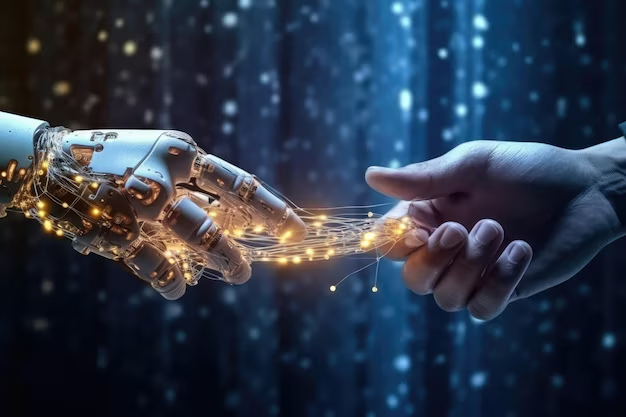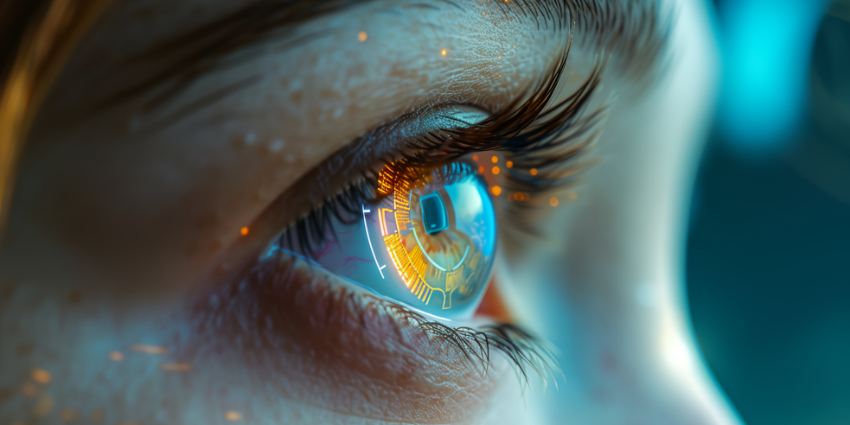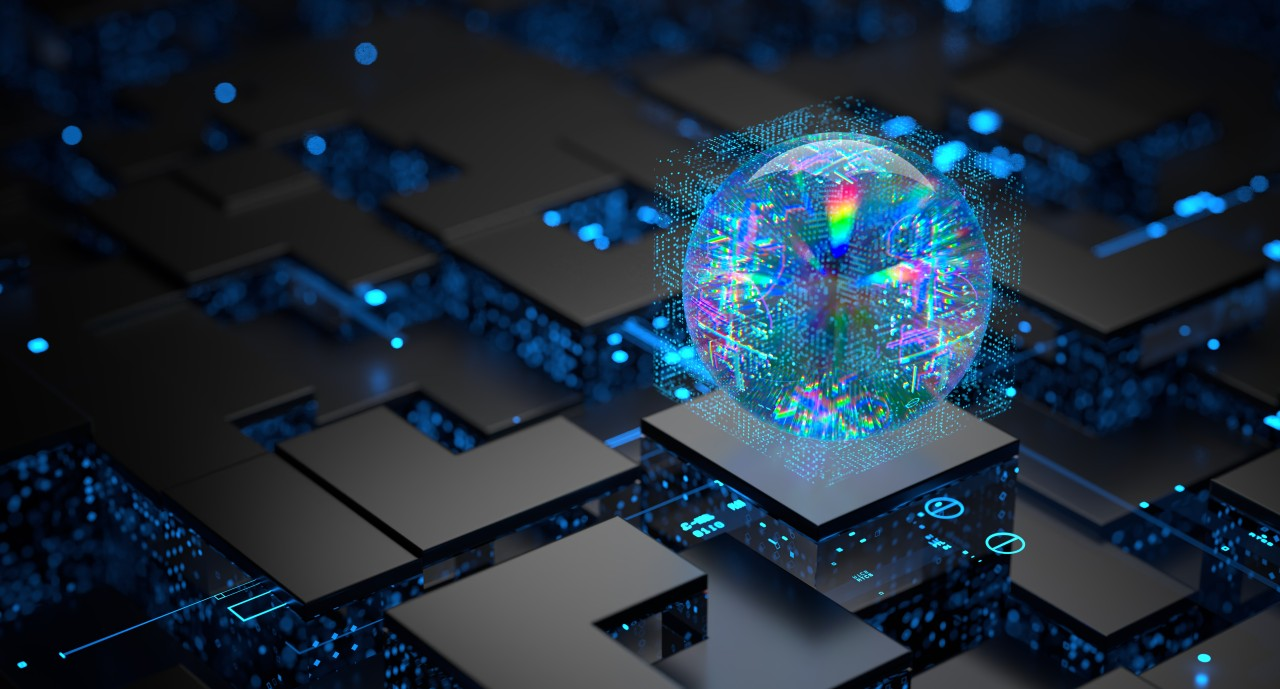In 2025, a transformative concept known as Living Intelligence is emerging at the intersection of artificial intelligence, biotechnology, and advanced sensor systems. Coined by futurists Amy Webb and Sam Jordan, Living Intelligence refers to systems capable of sensing, learning, adapting, and evolving—blurring the lines between digital and biological intelligence. This convergence is not just theoretical; practical applications are already underway. For instance, Cortical Labs has developed “DishBrain,” a biological computer utilizing living brain cells to process information, demonstrating the potential of integrating living tissues with computational systems.
The implications of Living Intelligence are vast, particularly in sectors like education and healthcare. In educational settings, these systems can personalize learning experiences by adapting to individual cognitive patterns, thereby enhancing engagement and retention. In healthcare, AI models infused with empathetic understanding can revolutionize patient care, offering more nuanced diagnostics and treatment plans. Companies at the forefront of this field are exploring generative biology and AI-driven protein design to push the boundaries of what’s possible in synthetic biology and personalized medicine.
As we stand on the cusp of this new era, the integration of Living Intelligence into our daily lives promises to redefine our interaction with technology. By fostering systems that not only process information but also adapt and evolve, we are moving towards a future where technology is not just a tool but a collaborative partner in human advancement. Embracing this paradigm shift requires a commitment to ethical considerations, interdisciplinary collaboration, and continuous innovation to ensure that Living Intelligence enhances human well-being and drives societal progress.




